
Websites with information about Obsessive Compulsive Disorder
The websites below provide resources and information about OCD, as well as online cognitive behavioural therapy for OCD.
Obsessive-Compulsive Disorder
Written by Tamara Pringsheim MD FRCPC Neurology
Obsessive-compulsive disorder is a condition characterized by the presence of obsessions and/or compulsions.
Obsessions are recurrent, intrusive thoughts, urges or images that are experienced as intrusive and unwanted and cause marked anxiety or distress. They are not simply excessive worries about real-life problems. People with obsessions attempt to ignore or suppress them, or to neutralize them with some other thought or action, and recognize that the obsessions are a product of their own mind.
Compulsions are defined by repetitive behaviours (for example, hand washing, ordering, checking) or mental acts (such as, praying, counting, repeating words) that a person feels driven to perform in response to an obsession, or according to rules that must be applied rigidly. Compulsions are aimed at preventing or reducing distress or preventing some dreaded event or situation; however, they are not connected realistically with what they are designed to neutralize or are clearly excessive.
To be diagnosed with OCD, symptoms must cause marked distress, be time-consuming (more than 1 hour per day), or significantly interfere with person’s normal routine, work or school functioning, or usual activities or relationships. The symptoms must not be due to the direct effects of substance or a general medical condition.
Obsessions and compulsions are subgrouped into thematic categories:
- Contamination and cleaning
- Taboo thoughts or fears: sexual, religious, or aggressive
- Fear of harm
- Symmetry, superstition and perfectionism
- Fear of illness or disease
- Hoarding
People may have symptoms in several of these categories, and symptoms may change over time.
Many people with OCD are affected by other conditions, with Tourette syndrome, ADHD, anxiety disorders and mood disorders being most common. Conditions which are considered obsessive-compulsive related disorders include hoarding disorder, hair pulling disorder, body dysmorphic disorder and skin picking/excoriation disorder.
OCD is a disorder of neural circuitry, with complex and multifactorial etiology. Genetic factors are strongly implicated, especially in people with childhood onset of symptoms. Environmental factors also appear to have a role, including prenatal and perinatal adversity.
OCD is a common condition, affecting approximately 2% of people in their lifetime. There are two peaks in the age of onset, one at age 11 and one at age 21. People with younger onset of OCD symptoms are more likely to be male and have a history of tics. Individuals with tic-related OCD are more likely to have remission of OCD symptoms by adulthood. Some children with OCD experience improvement in the severity of their OCD symptoms as they mature into adults. However, for many people, OCD is a chronic condition, but fortunately there are a number of effective treatments that can improve symptoms and quality of life.
Effective treatments for OCD include behavioural therapies and medications. The main behavioural therapy used in OCD is Exposure and Response Prevention (ERP). Other behavioural therapies include mindfulness and cognitive therapy. The main medications used for OCD are selective serotonin reuptake inhibitors (SSRIs), which are typically used first line in people with moderate to severe OCD symptoms. Other types of antidepressant medications and dopamine receptor blocking medications can also be tried in people who do not respond adequately to SSRIs. Other treatments are also being researched for the treatment of OCD, including the use of transcranial magnetic stimulation, and deep brain stimulation.
International OCD Foundation
International OCD Foundation provide OCD resources.
Liberate: My OCD Fighter
An app designed to track compulsions, set goals and more, all from the comfort of your own home.
OCD Education Station
OCD Education Station provide OCD guides, including "How to Help Your Child - A Parent's Guide to OCD," and "Got OCD? A Guide for Teens".
OCD Alberta Foundation
Alberta OCD Foundation provide support, education and information to people who live with OCD, members, family, friends and professionals throughout Alberta.
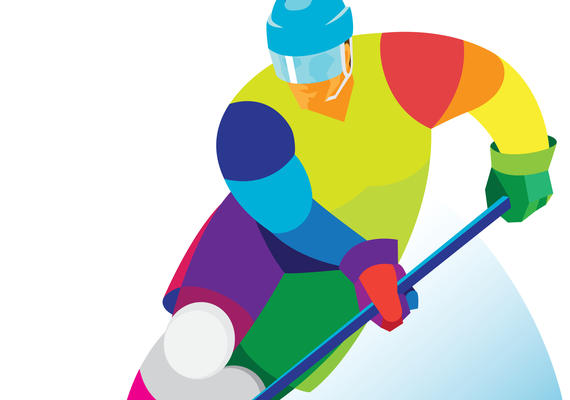
Interview with Corey Hirsch
Watch this inspiring message of hope from Corey Hirsch, former NHL pro-hockey goalie and Olympic Silver medalist. Corey was the 2017 IOCDF Illumination Reward winner and he opens up about his personal story of living with OCD in a candid Q and A with Dr. Felicity Sapp, founder of OCD and Anxiety Psychological Services.
Helpful Hints for Parents of Children with OCD

Brain Lock
Brain Lock: Free Yourself from Obsessive Compulsive Behavior, by Jeffrey M. Schwartz & Beverly Beyette

Freeing Your Child from Obsessive-Compulsive Disorder
Freeing Your Child from Obsessive Compulsive Disorder: A Powerful, Practical Program for Parents of Children and Adolescents, by Tamar E. Chansky

Talking Back to OCD
Talking Back to OCD: The Program That Helps Kids and Teens Say "No Way" - and Parents Say "Way to Go", by John S. March & Christine M. Benton
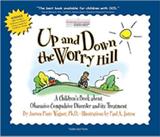
Up and Down the Worry Hill
Up and Down the Worry Hill: A Children's Book about Obsessive Compulsive Disorder and its Treatment, by Aureen Pinto Wagner & Paul A. Sutton
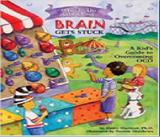
What to Do When Your Brain Gets Stuck
What to Do When Your Brain Gets Stuck: A Kid's Guide to Overcoming OCD, by Dawn Huebner
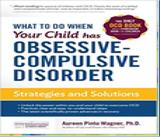
What to Do When Your Child has OCD
What to Do When Your Child has Obsessive Compulsive Disorder: Strategies and Solutions,by Aureen Pinto Wagner

Mindfulness Workbook for OCD
The Mindfulness Workbook for OCD, by Jon Hershfield MFT and Tom Corboy, combines mindfulness practices with cognitive behavioral therapy (CBT), offering practical and accessible tools for managing the unwanted thoughts and compulsive urges that are associated with OCD. With this workbook, you will develop present-moment awareness, learn to challenge your own distorted thinking, and stop treating thoughts as threats and feelings as facts.
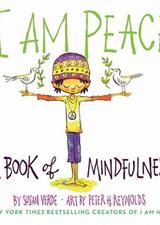
I am Peace, A Book of Mindfulness
I am Peace, A Book of Mindfulness, by Susan Verde, presents how mindfulness means being fully in the present moment. Children can learn how to manage their emotions, make good choices, and balance their busy lives by learning to be mindful, express emotions through speech, find empathy through imagination, and wonder at the beauty of the natural world.


